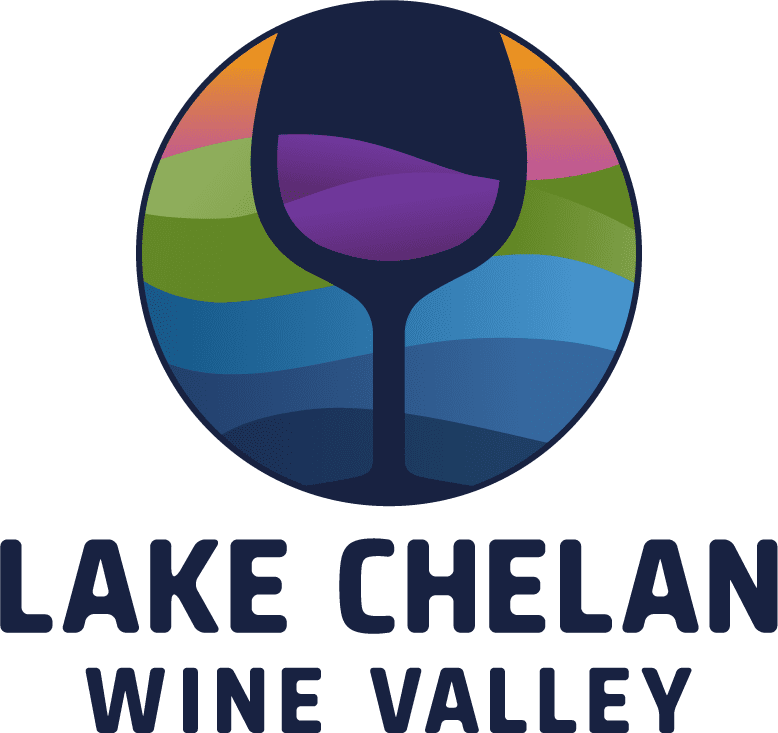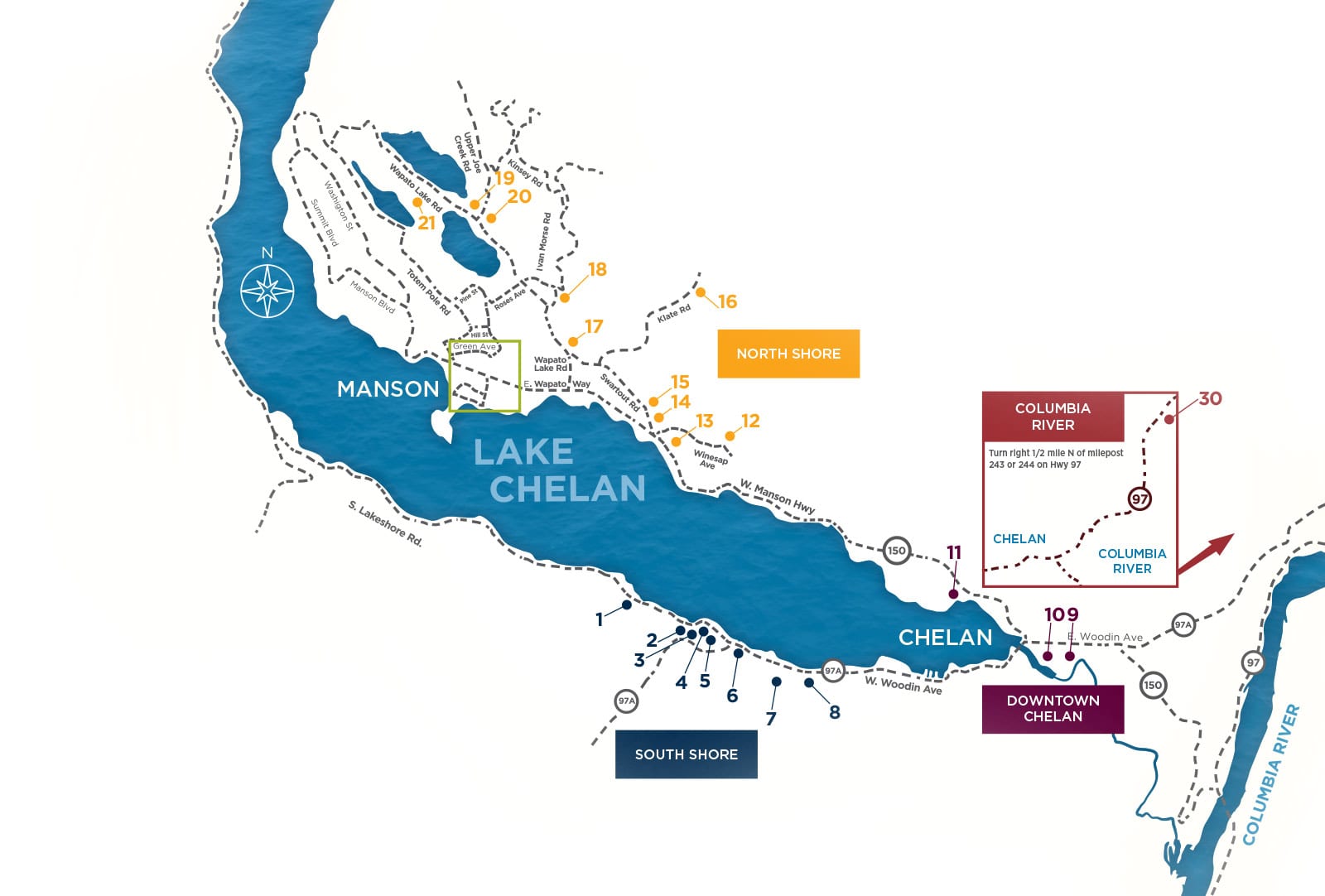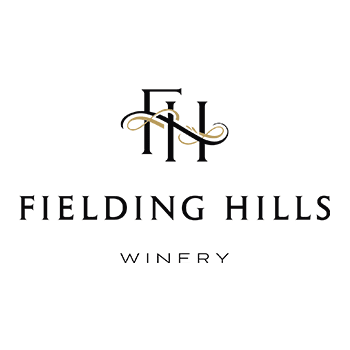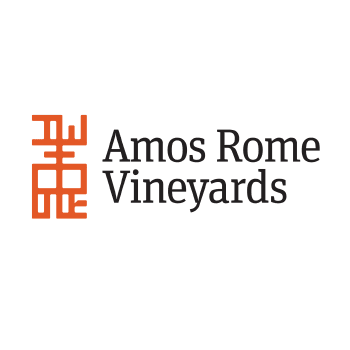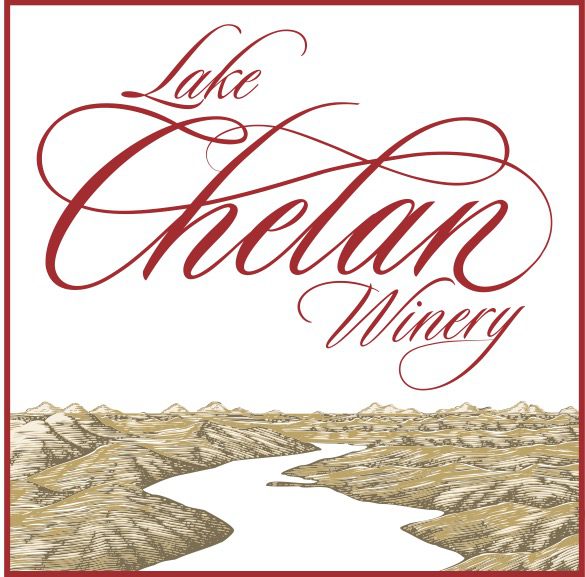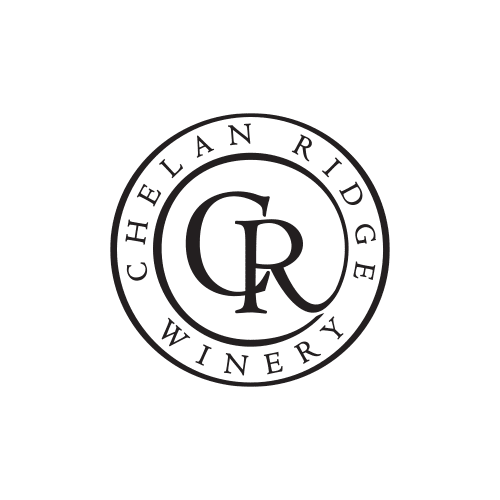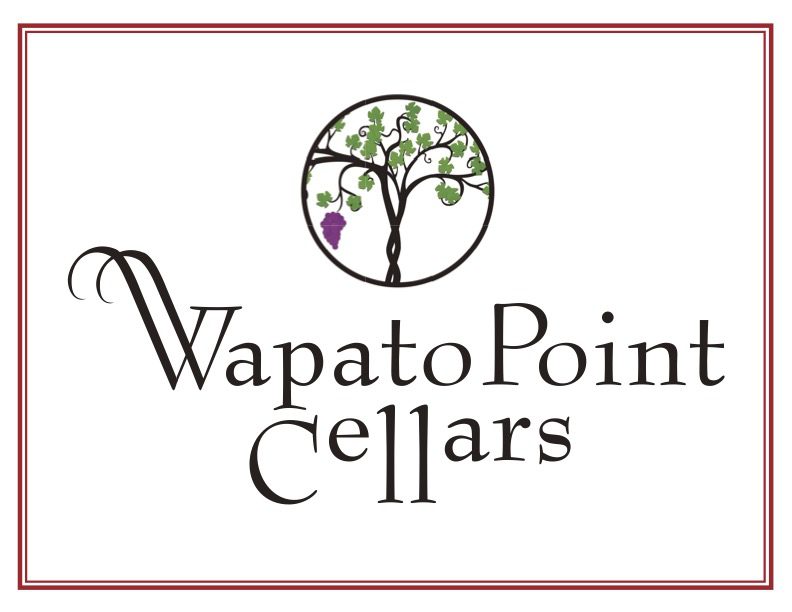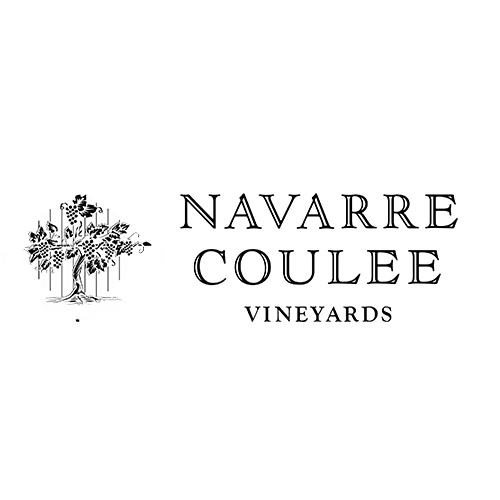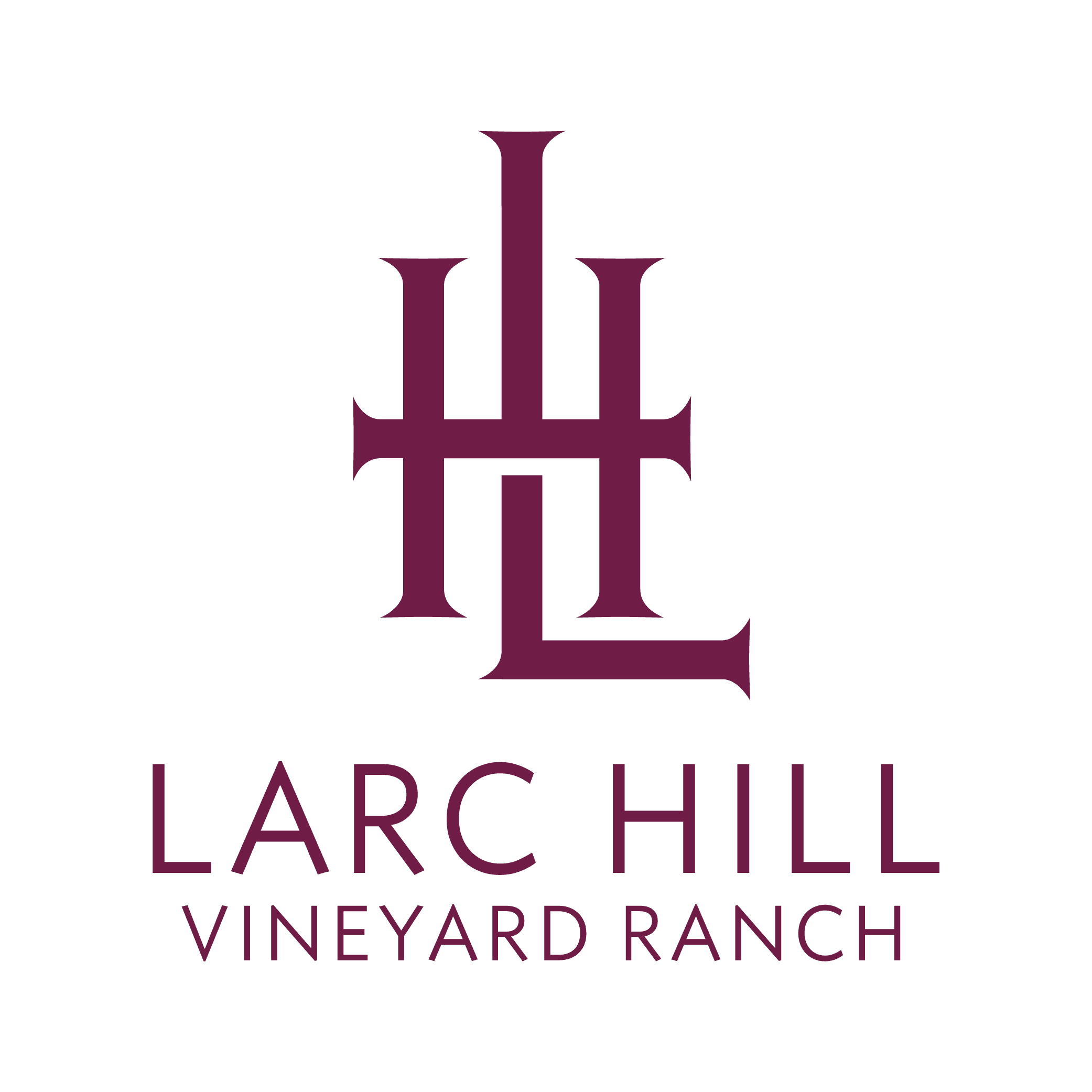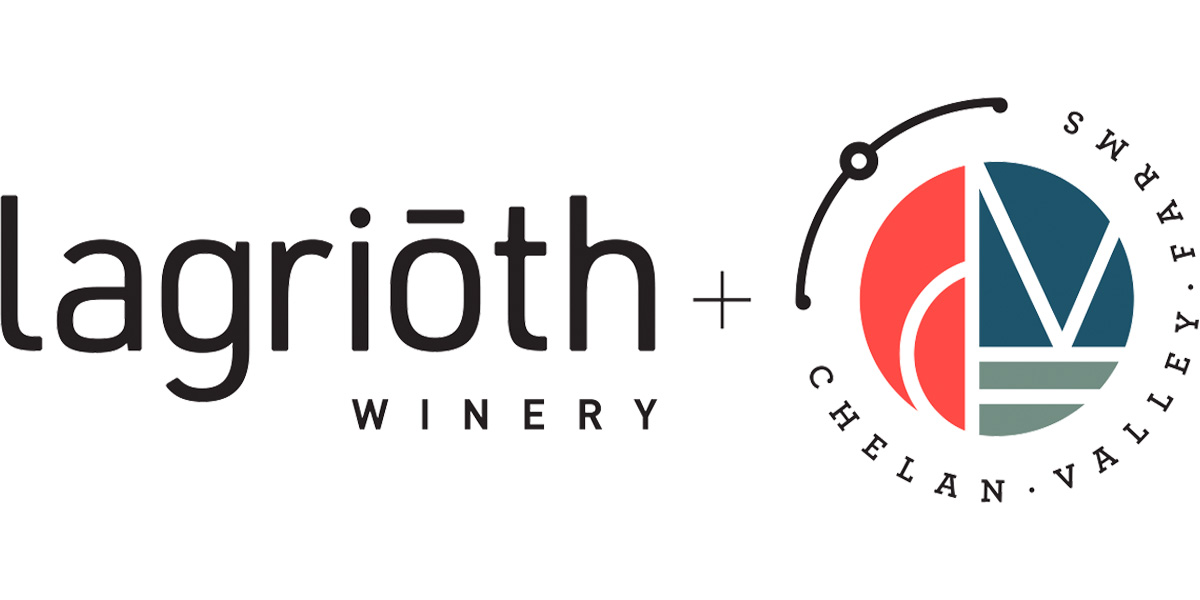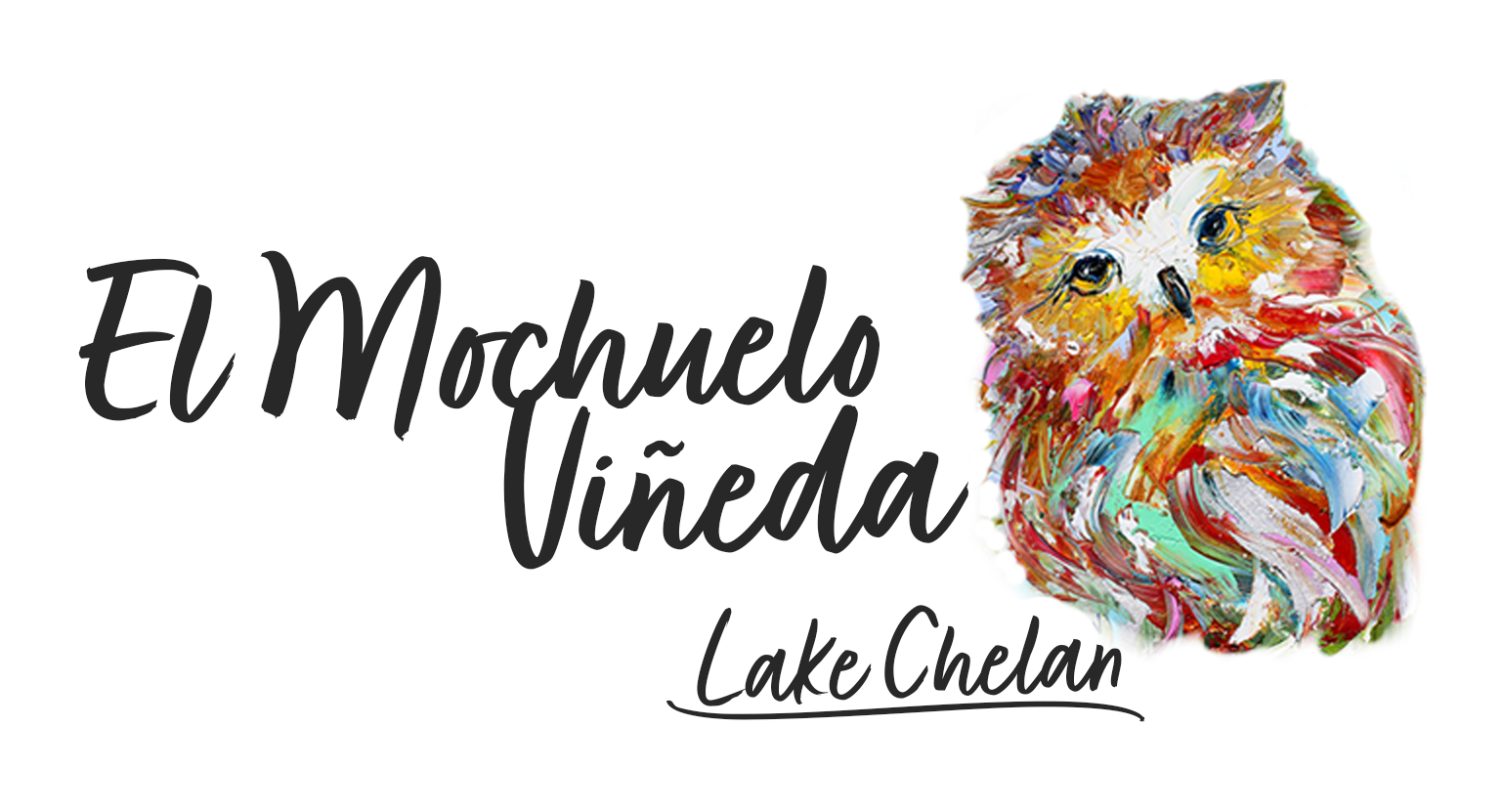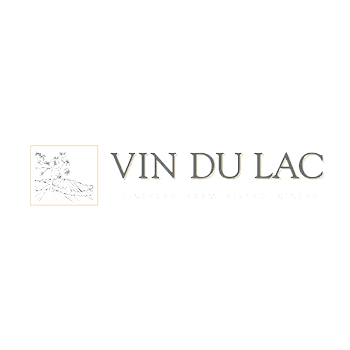History
Wine grapes were planted in the Lake Chelan valley over 100 years ago. The first production vineyards were planted in the spring of 1998 by Bob Christopher and Steve and Bobbi Kludt, who both took out apple orchard acreage and planted wine grapes. In 2000, the Kludt Family licensed and bonded the first winery in Chelan County.
Soon thereafter talented winemakers and vineyardists made their way to the Lake Chelan valley to capitalize on the long growing season, sun-drenched days, and lake-cooled nights which are perfect for growing wine grapes.
24,040
Acres Located Seven Miles Along the Easternmost Shores of Lake Chelan
344
Acres of Total Vineyard Coverage
40+
Vineyards
40+
Wineries & Tasting Rooms
Interesting Facts About the Lake Chelan AVA
The Lake Chelan American Viticultural Area (AVA) is the 11th AVA in Washington State. The AVA status was granted on May 30, 2009. It encompasses the southernmost and easternmost areas of the lake and the surrounding land that are at or below 2,000 feet in elevation. The AVA begins with the town of Chelan and continues up-lake for 12 miles. From an elevation standpoint, you are in the AVA if you can dump a bucket of water and it rolls towards Lake Chelan.
It is encompassed completely within the larger Columbia Valley AVA, but Lake Chelan has a higher elevation and more temperate climate than the more southern AVAs also contained within the Columbia Valley.
The 24,040-acre Lake Chelan AVA includes the southern and eastern portions of land surrounding the lake and shares a northern border with the Columbia Valley AVA.
Due to the ice age glaciers that formed Lake Chelan, the soil surrounding it has distinctive properties such as coarse, sandy sediment with notable amounts of quartz and mica, and these result in grapes with discernable textures, minerals, and nutrients.
The Lake Chelan Wine Valley's soil is enriched by volcanic ash from the Glacier Peak eruption around 13,000 years ago. This ancient eruption left a layer of ash, about a couple of feet deep, which has since mixed with the region's soils. This volcanic influence contributes unique mineral content and characteristics to the land, enhancing the terroir and lending distinctive qualities to Lake Chelan wines.
The AVA is also distinguished by a significant “lake effect” that creates mild and favorable temperatures for surrounding areas, resulting in a longer growing season and a reduced risk of frost.
Grapes have been grown in the Chelan Valley since before the turn of the 20th century by a few Native Americans and a group of Italian immigrants. In 1949, the area produced grapes from 154 vineyard acres.
Lake Chelan AVA Vineyards
Great Soil Grows Great Grapes
Major Soil Types
Pumiceous gravelly sandy loam, heavily influenced by glaciation from the Continental Ice Sheet and volcanic activity from nearby Glacier Peak (42 miles distant)
Growing Degree Days (>50° F)
3,051 – this compares to Red Mountain (3,212), Walla Walla (2,858), Yakima Valley (2,606), Wahluke Slope (3,075) and Columbia Gorge (3,200)
Unique & Unusual Varieties in the Valley
Aglianico
Clairette Blanche
Dolcetto
Grüner Veltliner
Muscadelle du Boirdelois
Tannat
Major Varietals Grown
Syrah—59 acres
Chardonnay—35 acres
Merlot—29 acres
Pinot Noir—25 acres
Riesling—23 acres
Cabernet Franc—22 acres
Malbec—22 acres
Pinot Gris—21 acres
Tempranillo—15 acres
Cabernet Sauvignon—13 acres
Sauvignon Blanc-13 acres
Viognier—12 acres

